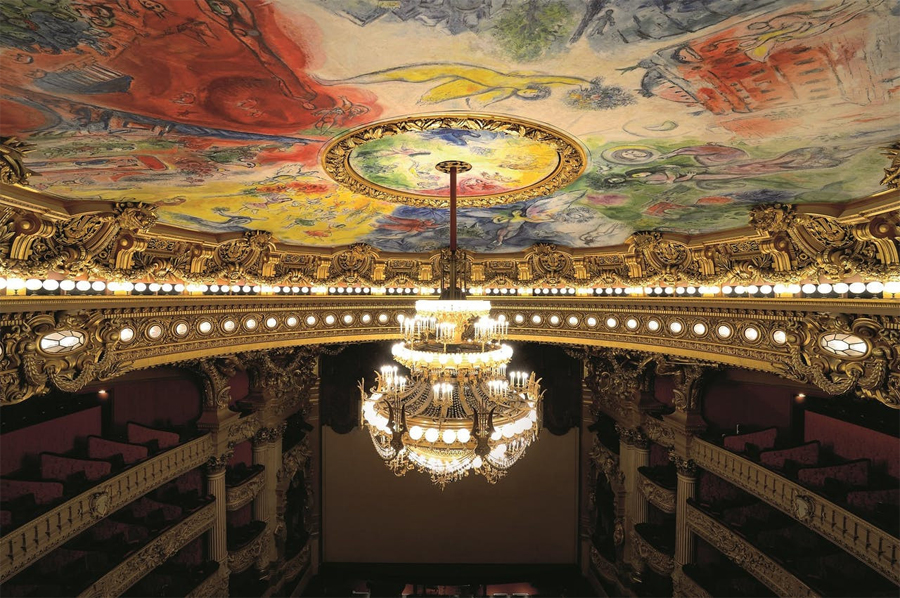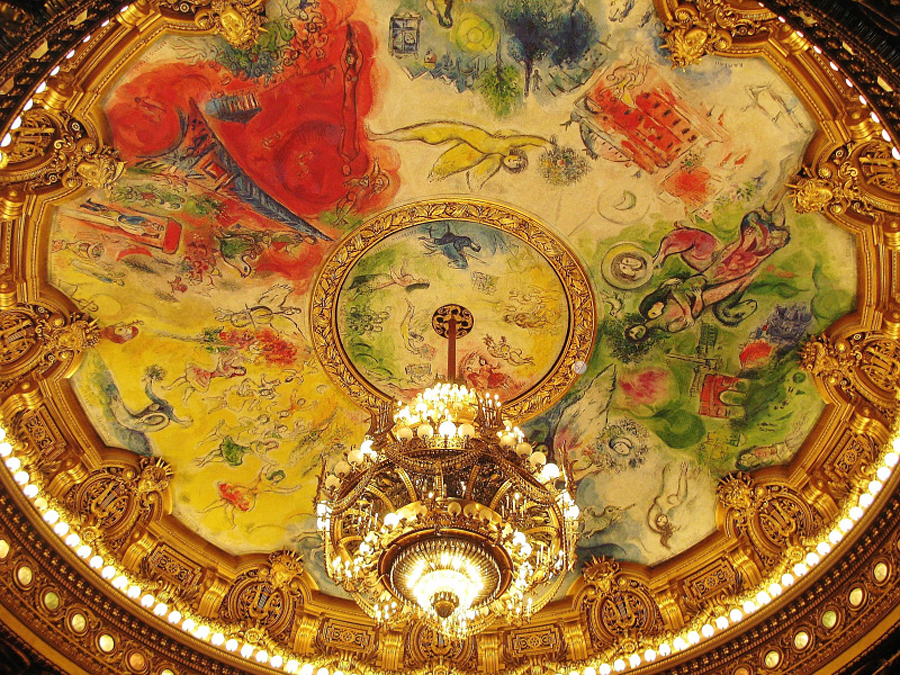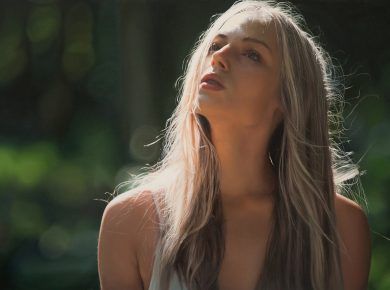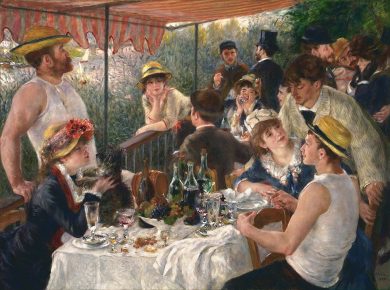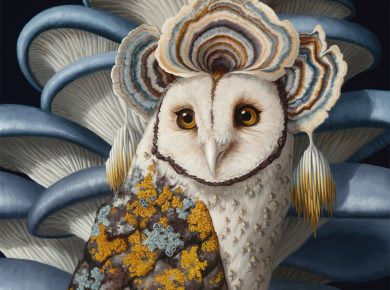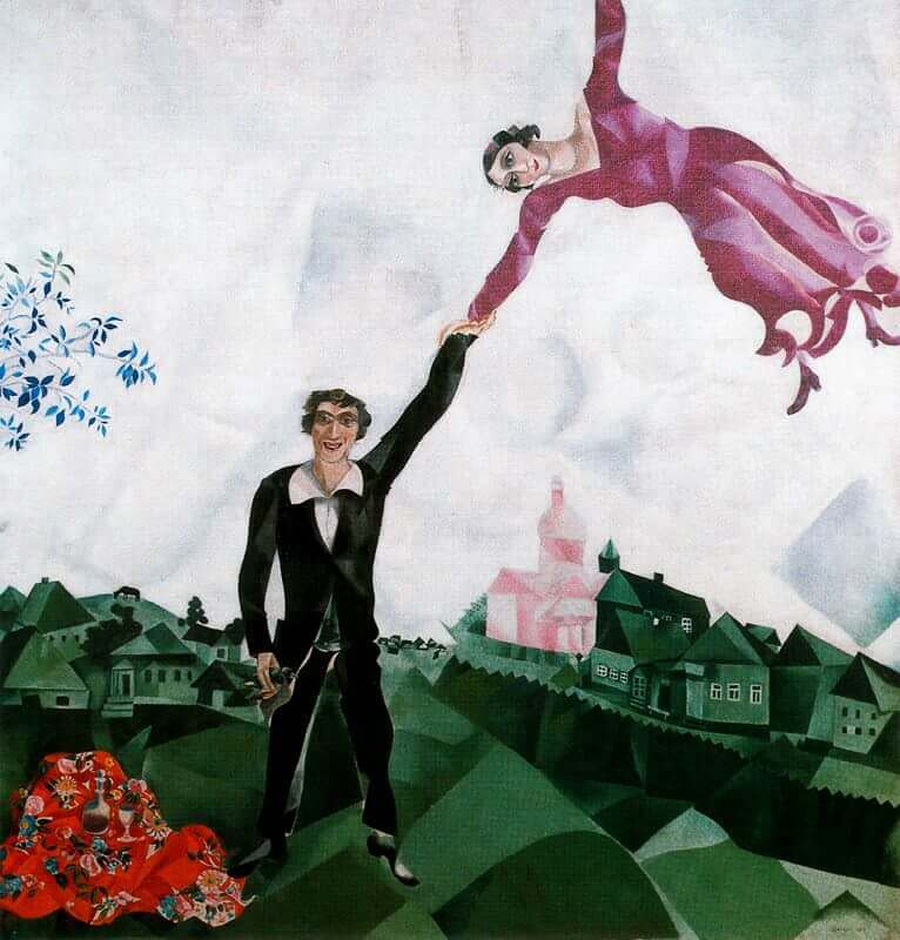
Marc Chagall, a Russian-French painter, printmaker, and designer, was perhaps one of the greatest creative minds in history to bless our planet. Chagall depicted his experiences of poverty and hardship while growing up in Belarus in art filled with emotion and poetic representation of his relationship with life, dreams, and religion.
Despite Chagall’s upbringing being far from perfect, the Belarus-born artist had a deep love for life and spirituality, something he was eager to display through his artwork. Chagall revolutionised Jewish wall art through a blend of modern and traditional styles to depict the struggles of anti-semitism in the 20th century, making his work equally significant today in retrospect as it was 100 years ago.
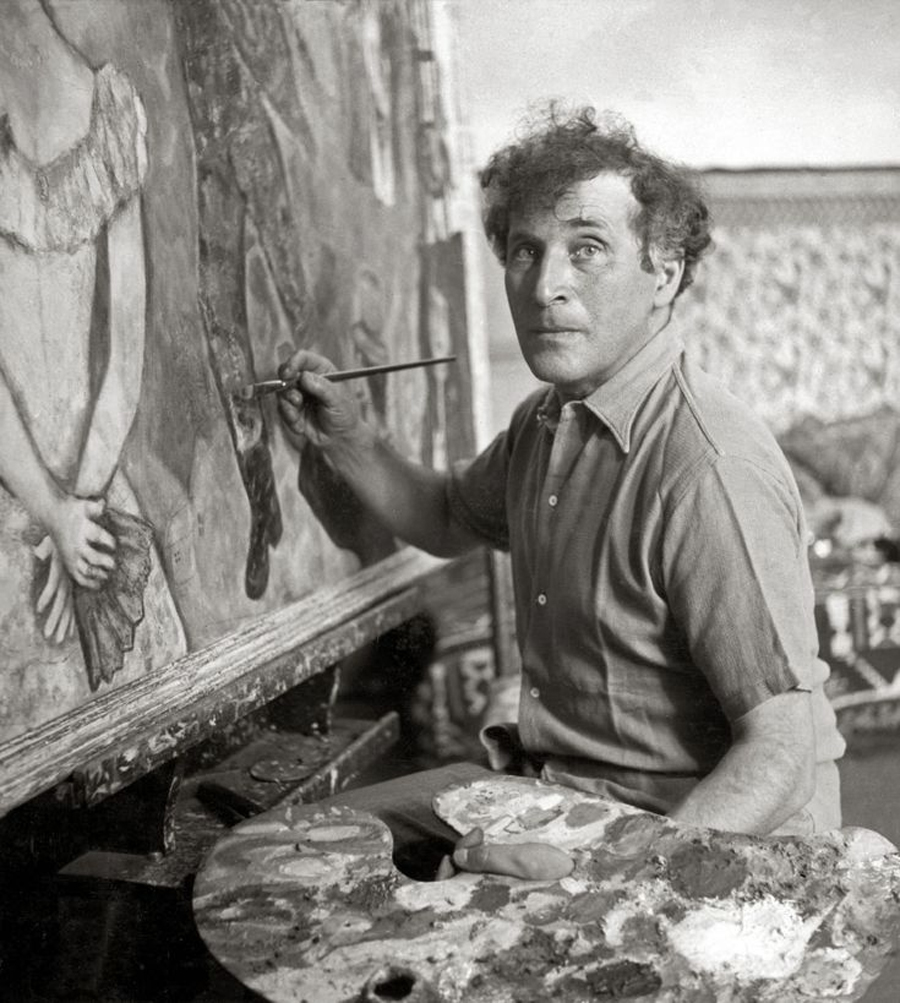
Chagall had a wide portfolio of world-admired masterpieces, but here are 10 of the great artist’s most famous paintings.
“I and the Village” (1911)
Chagall’s 1911 masterpiece captures the whimsical essence of his early artistic style. Set in a distorted, dreamy village scene, it features a combination of human and animal figures, evoking the artist’s deep connection to his childhood in rural Belarus. The vibrant colors and ethereal atmosphere convey a sense of enchantment and wonder, reflecting the painter’s emotional and symbolic reinterpretation of his rural upbringing.
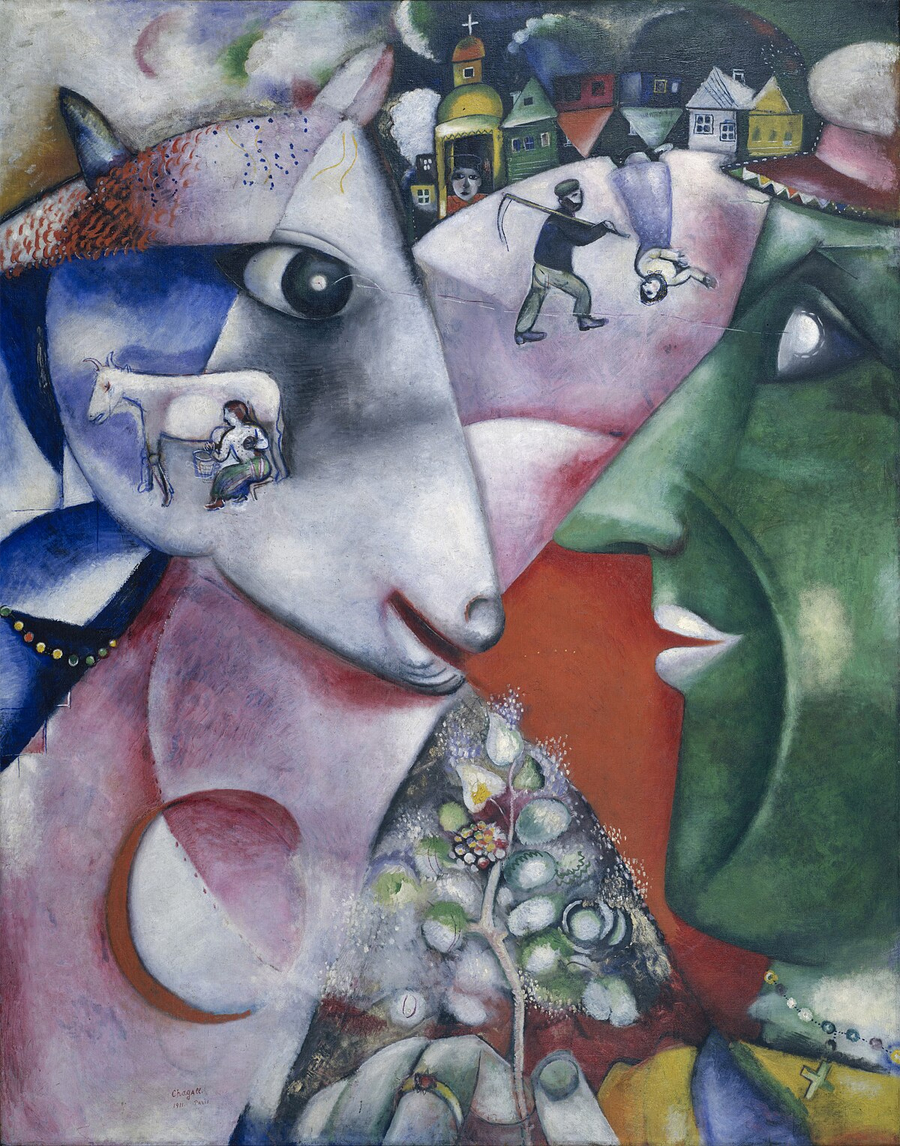
“The Fiddler” (1912)
One year later, Chagall pays homage to the rich musical tradition of Eastern European Jewish culture. The fiddler, a recurring motif in his work, symbolises the soulful melodies that echo through the shtetls of his childhood. This work is steeped in cultural memory, with the figure of the fiddler balancing precariously, symbolizing the fragile yet enduring spirit of his community.
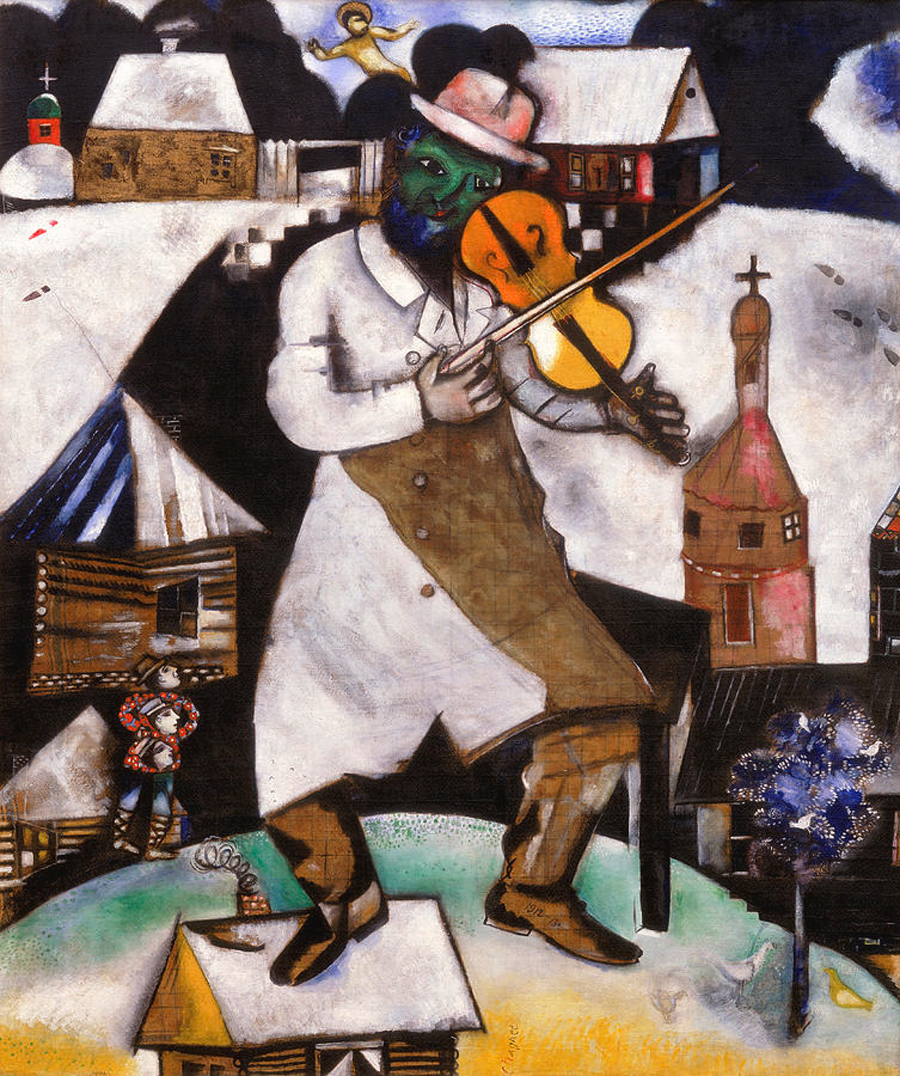
“The Birthday” (1915)
This poignant depiction of a family celebration is imbued with a sense of nostalgia and longing. Against a backdrop of swirling colours, Chagall portrays the warmth and intimacy of domestic life, underscoring the theme of love and connection. The painting captures a fleeting moment of joy and intimacy, with figures seemingly in motion, adding a dynamic, almost cinematic quality to the canvas.
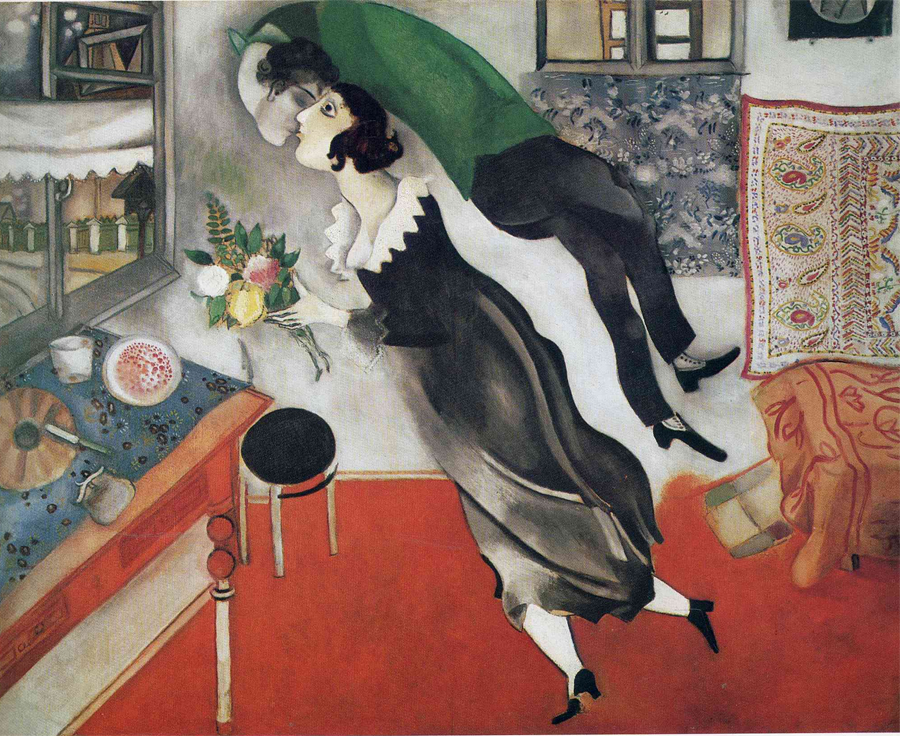
“The Blue House” (1917)
Once again drawing on inspiration from his experience as a child, Chagall depicts his hometown Vitebsk, Belarus as a magical land where the surreal and the real exist in harmony. Chagall paints a town appearing distorted and dreamlike in the background, with unworldly looking fields and a blue house in the foreground. It’s a snapshot of Chagall’s childhood reality taken from the perception of a memory or dream. The surreal elements underscore the transformative power of memory, blending reality with the fantastical.
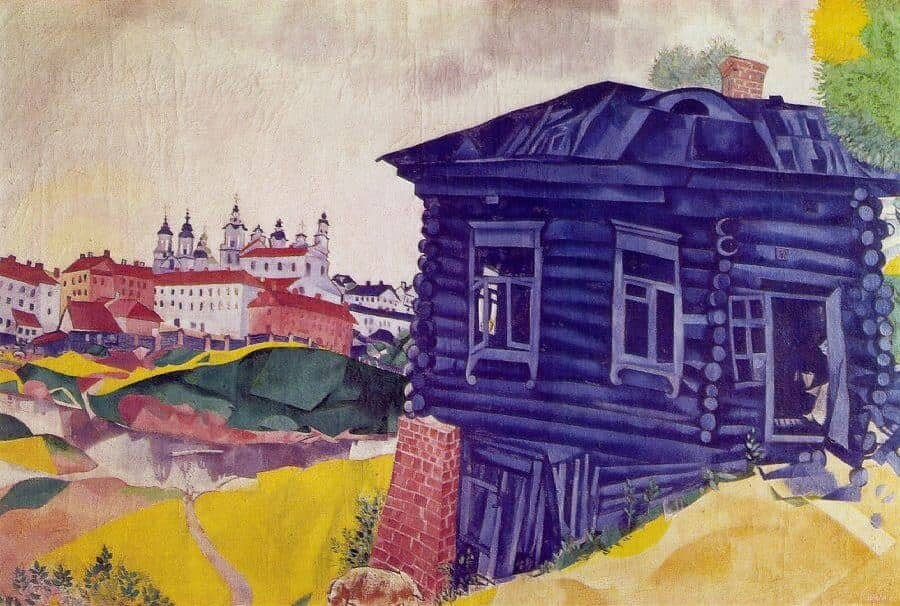
“The Promenade” (1917-1918)
As Chagall’s art evolved, so too did his exploration of surrealism and symbolism. "The Promenade" features a couple floating above a cityscape, their embrace defying gravity and convention. It is a testament to the artist’s belief in the power of love to transcend earthly limitations. Love is the theme consistent in many of Chagall’s paintings and demonstrates the ethos and nature of the great Russian-French artist. The ethereal quality of the scene suggests a dreamlike escape from the mundane, highlighting the transformative potential of love and art.

“The Yellow Crucifixion” (1943)
In response to the persecution of Jews in Nazi Germany, Chagall’s color pallet choice of yellow represents the yellow stars that Jews were forced to wear in concentration camps, while the crucified figure symbolises the suffering and resilience of his people. The stark imagery serves as a poignant reminder of tragedy and resistance, imbued with deep symbolic meaning and a somber tone.
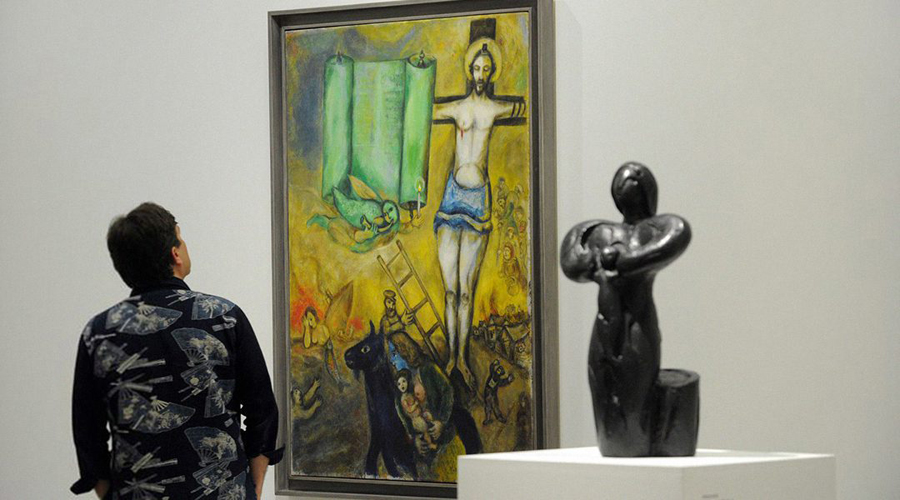
“The Circus” (1964)
In this energetic circus scene, Chagall releases his creativity, filling the canvas with acrobats, animals, and clowns. The circus, with its sense of spectacle and awe, becomes a metaphor for the unpredictability and magic of life itself. Chagall loved life and his spirituality, so “The Circus” acts as a small gateway into the way the French-Russian artist sees and perceives the world around him. The vibrancy and dynamic composition reflect the chaotic beauty of life, celebrating its varied forms and expressions.
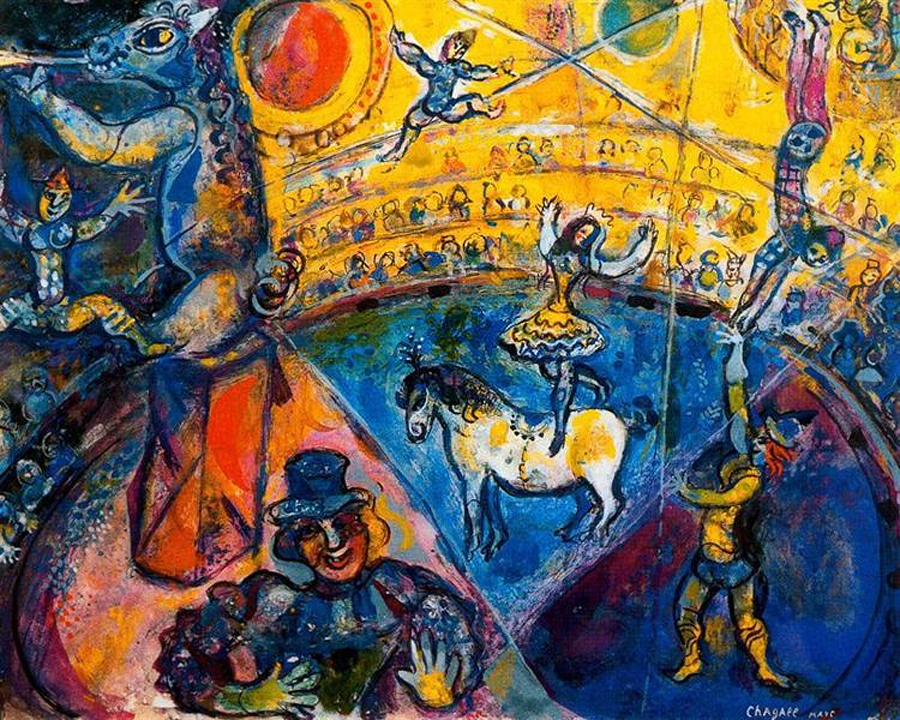
“The Paris Opera Ceiling” (1964)
Chagall’s monumental ceiling mural at the Paris Opera House is, in our opinion, one of the most staggering art pieces created in the modern world. Spanning nearly 2,000 square feet, it depicts scenes from famous operas alongside fanciful figures and motifs, transforming the space into a celestial realm of art and music. The expansive mural serves as a vibrant homage to the arts, encapsulating the joy and drama of opera in a vast, immersive tableau.
